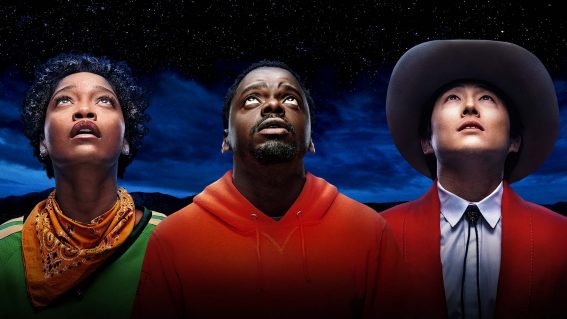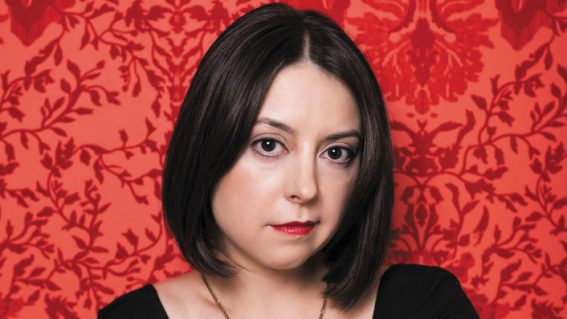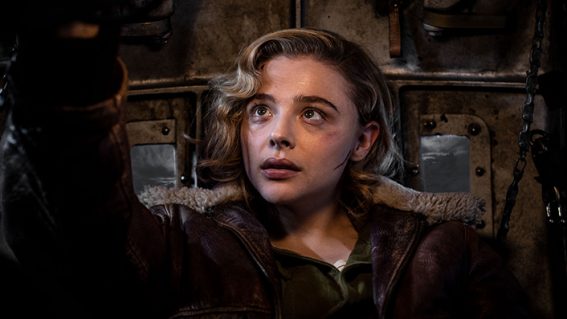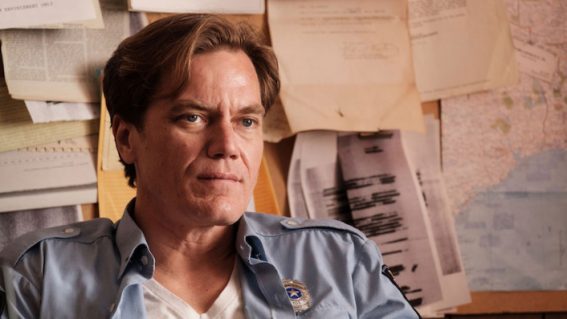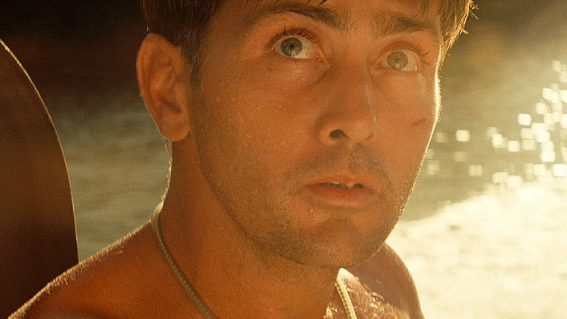She Shears producer on Kiwi doco’s intelligent, strong and determined women
“There’s no joke,” Georgina Conder says of shearers’ portrayal.

Kiwi documentary She Shears returns from New Zealand International Film Festival screenings for a nationwide release this week. In her 4-star review, Flicks critic Katie Parker praised the film for offering “a rare and rewarding glimpse into the lives of women rarely seen or heard on screen.”
As producer Georgina Conder explains, getting the film—following the journeys of female competitive shearers—in front of audiences around the country is exactly what she and director Jack Nicol wanted to see.
FLICKS: As She Shears goes into general release, it must be nice to build upon the initial NZIFF screenings.
GEORGINA CONDER: I feel quite strongly that the rural audience is underrepresented on the screen but they very, very rarely get to see themselves. And they have been so amazing to us, opening every single door and being so supportive of our project throughout. That’s really important for us, that all of New Zealand get to see the film and so we’re really excited to have quite a wide general release. Hopefully, everyone that wants to see the film in the theater will get to see it in a theater because that was basically our aim.
Connection to rural lifestyles and landscapes is kind of an ingrained part of New Zealand’s psyche, right? Like most of us, you’re probably only separated by one or two steps of separation from that lifestyle. But do you think that perhaps we’re not as in touch with that lifestyle as maybe we’d like to think we are?
No, I actually think you’re right that people have got so many links to it and what has actually been fascinating is how many people have links to the Golden Shears. It is amazing how many people have said, “Oh, I remember going to one when I was younger,” or “My grandfather or my uncle competed,” all of those kinds of links.
I was recently talking to someone here in London who was part of Miss Wool, which used to be the pageant partly shown in our film, which used to happen around about the same time. And her grandfather and his father both shore at the Golden Shears. So it’s incredible that even here, Kiwis just have that link.
And I think that’s probably why people are quite excited about it, too, because even if you have been living in the city for quite some time, you have fond memories of shearing even if you haven’t been to the Golden Shears so, I think that’s really helpful.

There must be a ton of stories like mine – when I realised that one of the protagonists comes from Ruawai, which is where my dad comes from, I asked “Oh, do you know the Woods?” He’s like, “Ah! Of course I know the Woods!”
Yeah, we definitely get that a lot. And also because we’ve got two very strong role models in the community; Jills Angus Burney and Emily Welch are both very well-known because of their records. And they’re very approachable people so everyone thinks they’ve had a conversation with one or both of them in their careers as aspiring shearers. It just makes it more exciting for people to watch people that they know on the screen.
I grew up (possibly reluctantly) in front of things like Country Calendar and A Dog’s Show largely because there were so few TV channels. Do you think that people might be missing out on seeing that on screen more now than they used to?
Oh, I think definitely we’re in an age where we could basically watch anything we want at any given time. There’s so much content that you’re never really sure what to watch. And so the really interesting thing, of course, for the rural audience is that they don’t necessarily have as much access to the content and the streaming and everything as us. So a lot of them are still watching Country Calendar and loving all those moments, but the whole idea of the documentary too is to show all of New Zealand the side that some people know and some people don’t, right?
A lot of city folk don’t necessarily have a strong understanding of shearing as a competitive sport, so I think it’s just quite good just to add another layer. It’s an unusual New Zealand film. There hasn’t been anything like this before so I think that’s probably helpful.

I feel like the film’s arrived at an interesting time in terms of what proportion of shearers are women. I think that the current ratio is 40 to 1, is that right? What is different for your subjects compared to the female pioneers of competitive shearing?
Oh, I think Jills and the very small group of women that were shearing full-time in the ’80s really set it up well for these girls now. They stand strong the whole time. They’ve dealt with a lot against these men that just didn’t believe that they should be there, who never thought that they had a place, and really fought hard to be there which has enabled these girls now. It’s not without challenges at times, but there is a much more accepting society out there that wants to see the women in the sheds.
But basically, it seems to me that now shearers are anyone who is shearing, whether you’re male or female, and it’s more because you have the passion and the drive to do it. Once upon a time it meant a lot of money, a man would shear for 10 years and then he’d be able to buy a farm. And that was kind of his dream. That’s not the case in New Zealand, it’s a lot more complicated now for a lot of reasons.
So, male or female, anyone that’s shearing now really loves what they’re doing, loves the profession, loves the camaraderie, the woolshed is the big pull for them. But without Jills and those women at the beginning, I think the struggle would be even harder for the girls now. Really their aim is to get as many girls into the shed as want to be there. If someone has a dream to do it, they should be able to do it.
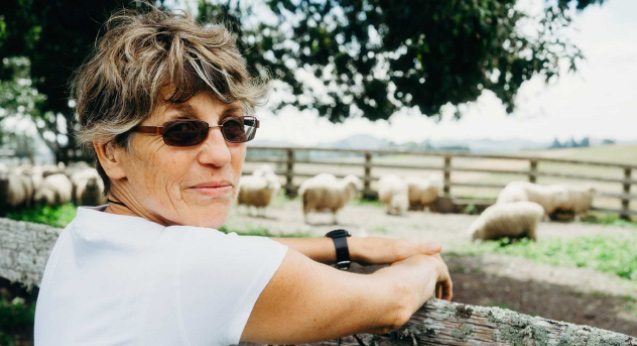
In terms of preparing the film, what considerations did you make when realising that it wasn’t going to be about the people that kicked the door in so much as showcasing what’s happening in the present?
Well, our main objective really, once we met our five characters, was to follow them on their journey. Winning a red ribbon, as much as we would all love it, didn’t really come into it. It was more just following them with their dream, seeing what they had to overcome to get there. It is a competitive sport where women are against the men, though really it wasn’t about winning the prize, the win is really being out there, competing, doing what they love, following their dream, and being happy with the results within themselves.
How did you find your five main subjects?
So Jack [Nicol, director], he got quite interested in shearing and ended up coming upon Jills Angus Burney’s book and articles about Jills. And so he started corresponding with her, emailing, calling, all those kind of things. And he went down to meet her and right about the same time he was also introducing himself to the general community. So there are a few influences, Jills being one of them, that said “You should look out for this girl, or that girl, it’d be really interesting.”
And of course, that’s how we came across Hazel Wood and Cath Mullooly. Pagan Karauria, she’s very well-connected, she’s very well known after her family and everything like that. And Emily, of course, with her world record. So there were a couple of people that suggested a few names and as soon as you started to kind of dig a little bit deeper, do a little research, it seemed like a no-brainer.
Then Jack went to the Golden Shears in 2015 to actually meet with them and talk and spend some time with them and see if they would be interested, kind of go through that process, and thankfully everyone was really on board and was really supportive throughout the couple years that we were shooting.

I know this probably isn’t a catch-all sentiment but if you’ve got the guts to get up in front of a room full of people and shear competitively and then be held up against the heights of your industry, then probably you’re going to be happy talking about what you’re doing.
You would think so, but also it’s quite interesting, they are shy as well. They do it for lots of reasons, but most of them feel a lot of nerves when they get up there and having a camera following you around is just as nerve-wracking. But we shot for a lot longer than the five minutes it takes them to do a heat, so the girls were very good to us.
We’re used to sheep jokes – do you think that sort of thing is still synonymous with how we’re seen outside of the country?
I think outside of the country it is. And to be honest, some New Zealanders in the city still feel that way too, I think, so it was very important to us to actually just show them in the correct light and the real world in which they live where these are intelligent, strong, determined people. There’s no joke, we had no intention of portraying them like that and hopefully, we have been really respectful to them because that was our aim.
Does the ubiquity of sheep jokes about New Zealand make you optimistic as a producer about how the film may travel?
As a producer, you always want your film to have an audience, but it’s far more important to me to have a strong audience within New Zealand. The main aim really was to make sure that the rural audience can see themselves in the correct light and that all New Zealanders get to see this really interesting side. We are known for our sheep and we are known for our shearers, but no one has ever put together a film like this, so we just wanted to show that side of New Zealand.
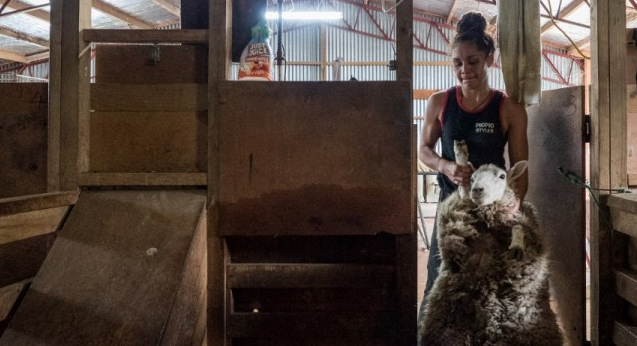
Has there been any specific feedback from the rural community that you’ve done a pretty all right job?
They’ve been amazing, actually. So we did an early screening in Masterton as well as in Auckland just to see what the two different audiences would think. And it was really interesting. The stats were almost exactly the same; a lot of the feedback was almost exactly the same. They all felt it was a heartfelt Kiwi film, everyone was commenting on how beautiful the landscapes are. People felt very strongly about individual shearers; they really got interested in their journey. So yeah, the feedback has been very positive. Yeah, we’re happy. We’re very happy.






